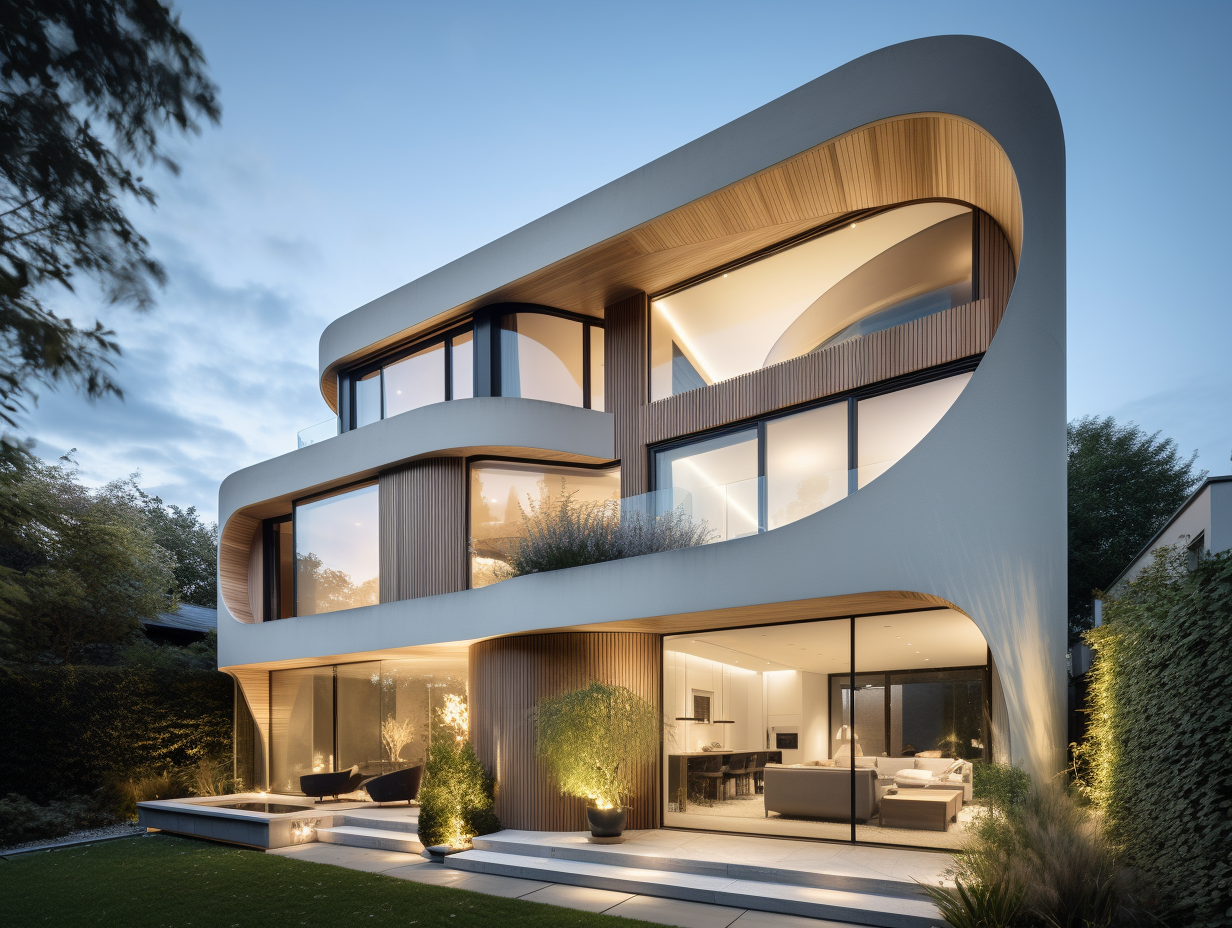Changing Areas: The Vision of CDA Architects for Modern Living
Changing Areas: The Vision of CDA Architects for Modern Living
Blog Article
An Extensive Overview of Architectural Designs and Their Influence on Modern City Preparation and Growth
Architectural styles have actually long offered as a mirror to the societal worths and technical innovations of their time, playing a crucial function in forming contemporary city preparation and growth. From the majesty of Neoclassicism to the practical technique of Brutalism, each design has actually presented one-of-a-kind concepts that affect metropolitan aesthetics and functionality.
Historic Overview of Architectural Styles

As societies transitioned with the Center Ages, Gothic architecture arised, characterized by its verticality and detailed detailing, matching the spiritual aspirations of the age. The Renaissance noted a rebirth of timeless suitables, merging art and architecture in innovative manner ins which affected succeeding styles across Europe.

Today, building styles remain to advance, driven by globalization and sustainability worries, showing a dynamic interplay in between heritage and development. This historic introduction emphasizes the value of design as a mirror of social advancement and as a driver for city growth.
Secret Architectural Styles Explained
The diversity of building styles shows the myriad influences that shape our built setting, each personifying distinct characteristics and social values. Secret building styles include Classical, Gothic, Baroque, Innovation, and Postmodernism, each representing special historic contexts and visual approaches.
Timeless design, rooted in ancient Greece and Rome, stresses symmetry, percentage, and using columns (cda architects). On the other hand, Gothic architecture, growing between Ages, is identified by sharp arches, ribbed vaults, and flying buttresses, developing a heavenly high quality in sanctuaries. Baroque architecture, emerging in the 17th century, is marked by majesty, fancy decoration, and a dynamic interaction of light and darkness
Innovation, which obtained momentum in the very early 20th century, focuses on feature over type, using brand-new products like steel and glass to produce minimalist structures. Postmodernism, responding against the austerity of Innovation, accepts eclecticism and historical referral, typically incorporating playful aspects and paradox.

Influence On Urban Planning
In shaping the development of cities, architectural styles significantly affect city planning decisions. The option of building design usually determines the appearances, performance, and overall personality of urban environments.
Additionally, architectural designs can impact zoning regulations and land make use of plans. Urban organizers must consider the dominating architectural fads when developing areas, making sure that new developments harmonize with existing frameworks. This factor to consider cultivates cohesive urban landscapes and enhances area identification.
The implementation of particular building styles can additionally influence socioeconomic variables within a city. For instance, high-end modern designs might bring in upscale citizens and companies, causing gentrification, while a lot more economical real estate options could focus on functional and sustainable layouts to fit varied populations. Ultimately, the interaction between building designs and urban preparation produces dynamic cities that mirror both historic context and modern needs, forming the lived experiences of their residents
Sustainability and Modern Architecture
Architectural designs play an essential duty in resolving modern obstacles, specifically in the realm of sustainability. As metropolitan locations increase and environmental issues escalate, contemporary architecture significantly welcomes lasting design principles that prioritize energy effectiveness, source preservation, and marginal ecological effect.
Contemporary architectural motions, such as biophilic layout and eco-friendly design, supporter for structures that balance with their surroundings, utilizing natural materials and promoting biodiversity. These styles frequently incorporate renewable resource sources, such as solar panels and wind generators, to decrease reliance additional hints on fossil gas and lower carbon footprints.
Furthermore, the combination of advanced modern technologies, such as wise building systems, boosts power administration, enhancing source use while making certain occupant convenience. Innovative water administration approaches, including rainwater harvesting and greywater recycling, further add to sustainable city settings.
Notably, sustainability expands past ecological problems; it encompasses social and economic dimensions also. By fostering area wellness and promoting inclusivity, modern building styles align with sustainable advancement objectives. The evolution of building methods proceeds to shape resilient cities that not only fulfill the requirements of the existing yet additionally protect the future for generations to come.
Area Interaction in Design
Community interaction in style works as an important bridge between architects and the populations they offer, ensuring that the constructed atmosphere mirrors the needs and aspirations of its individuals. This joint procedure welcomes area members to contribute their understandings and preferences, fostering a sense of ownership and responsibility toward the spaces they inhabit.
Efficient area engagement employs numerous techniques, such as workshops, surveys, and you can find out more public forums, to gather diverse point of views. These strategies help with a two-way discussion, enabling designers to recognize neighborhood contexts while empowering Get More Info residents to articulate their issues and wishes. This inclusivity not only enhances the layout high quality but additionally advertises social equity by resolving the distinct challenges faced by marginalized groups.
Additionally, neighborhood interaction can bring about innovative services that may not arise in a typical layout procedure. By integrating neighborhood knowledge and cultural worths, designers can develop spaces that resonate more deeply with individuals, enhancing functionality and sustainability. Eventually, prioritizing community interaction in layout processes causes atmospheres that nurture social interactions, support health, and enhance neighborhood connections, thus playing a crucial role fit modern city landscapes.
Final Thought
Building styles have actually exceptionally influenced contemporary city planning and growth, mirroring developing cultural and technical contexts. As cities proceed to expand and adapt, the continuous dialogue between architectural heritage and contemporary layout principles will certainly remain necessary in creating inclusive, vivid spaces that boost quality of life and promote social equity.
Report this page